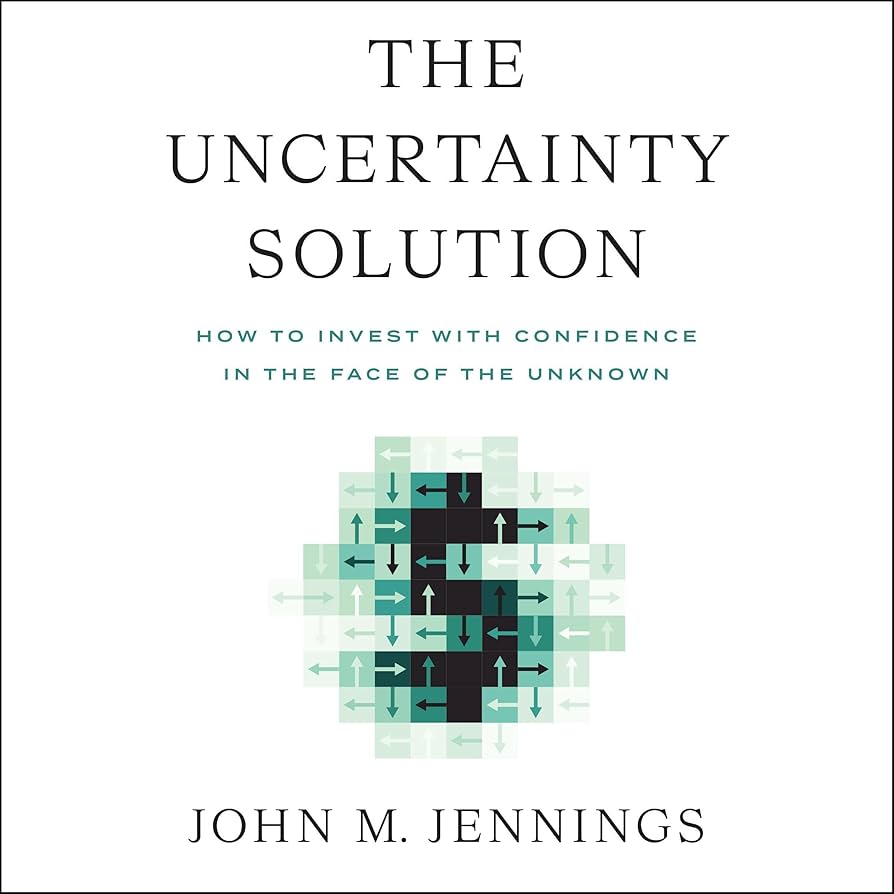It’s a shame how many people are still earning pennies on the dollar with their hard-earned savings. This case study is for those who are unaware that there are waaaayyyy better options for your emergency fund. (Blind spot alert: even our clients’ most trusted local credit unions are guilty of not being competitive). Below, you’ll take a look at a hypothetical example not too different from many of the clients we’ve helped get more bang for their buck.
The Backstory
Meet Jane Doe, our everyday hero. She’s smart, savvy, and recently had an “aha!” moment about her emergency fund. Tucked safely (but unproductively) in a mega-bank (think Bank of America, Wells Fargo, and Chase), her money was lounging around, and growing at an abysmal rate of 0.01%. Jane knows her cash deserves a better workout return than that, but didn’t realize what she was missing!
For those late to the finance party, an emergency fund is that stash of cash you keep on standby to cover 3 to 6 months of your living expenses (like rent, groceries, utilities, and other essentials). The idea is to have this money ready to step up to the plate whenever life throws you a curveball – like when your car decides to take an unplanned vacation in the middle of the highway.
Please Note: An emergency fund needs to be liquid! Savings that are tied up in stocks or a retirement account should be seen as a last resort. You don’t want to touch those.
The Problem
Big banks have shiny skyscrapers and comfy chairs, but they’re not exactly showering Jane’s money with growth opportunities. We also see that small banks and local credit unions are just as guilty sometimes. It’s clear they have no interest in passing on additional savings. Jane knows her hard-earned cash deserves better. She decides to take matters into her own hands.
The Solutions
In a recent review meeting with her advisor at Crafted Finance. Joe Wride explains that there are multiple options to choose from to start beefing up the returns on her emergency savings. These include:
High-Interest Savings Accounts: High-interest savings accounts have the additional benefits of keeping your money liquid and FDIC-insured up to \$250,000. They are surprisingly easy to open and similarly easy to transfer to/from your regular bank account elsewhere. Some great options at the moment include:
- Ally Bank: Presently, Ally Bank offers 4.20% APY on savings accounts with no minimum balance requirements (Joe uses this one himself). Oh, and you won’t have to pay any monthly fees on your account either!
- Capital One: At the moment, Capital One is offering 4.25% APY on their savings accounts. There are no monthly fees or need for a minimum balance here either.
- SoFi: With no minimum balance requirements, overdraft fees, or monthly fees, SoFi can be a great option. Their savings accounts presently offer 4.60% APY.
- CIT Bank: CIT is offering an impressive 5.05% APY. However, you will need to maintain a minimum balance of $5,000 to earn the interest.
Money Market Mutual Funds: Instead of using a bank, some folks use their investment brokerage accounts. Here are three examples:
- Charles Schwab Value Advantage Money Fund (ticker SWVXX): No minimum. 7 day yield as of 4/24/2024 is 5.14%, expense ratio is 0.34%.
- Vanguard Federal Money Market Fund (ticker VMFXX): $3,000 minimum. 7 day yield as of 4/24/2024 is 5.27%, expense ratio is 0.11%
- Fidelity Government Cash Reserves (ticker FDRXX): No minimum. 7 day yield as of 4/24/2024 is 4.97%, expense ratio is 0.34%.
***Given that interest just started becoming a thing you could actually earn just in the past year, Crafted Finance has introduced a no-fee brokerage account for clients who need this kind of place for their emergency savings. Let us know if you want to discuss.***
The tradeoff of using these options is that it does not come with FDIC protection.
For the BIG FISH: meaning very wealthy households with outsized emergency funds – there is an entire frontier of products/accounts/offerings we can discuss that offer high yields, outsized FDIC protection, etc. It would look like a diversified portfolio of cash equivalent options, but would also mix in things like short-term Treasury bonds.
Conclusion
After talking with Joe, Jane decides to move her 6 months of emergency savings (i.e. $30,000) to a high-yield savings account at Capital One. Not only is she set to stay ahead of the standard 3% inflation rate, but she is now in a position to surpass it. Her savings will earn over an additional $1,000 (rather than a pitiful $300) for the year, keeping and boosting her emergency fund’s purchasing power.
Figure Out Where To Put Your Emergency Savings
After Crafted Finance, we love sticking it to financial companies looking out for themselves instead of their customers! However, emergency funds are not a one-size-fits-all solution. Together we can review your specific situation and determine what account type is best for you and your protective dollars.
Don’t hesitate to move your emergency fund to a better spot! Reach out to us today and discover how your savings can not only keep pace with inflation but actually appreciate ahead of it. Feel free to call us at (650) 336-0598, or schedule a complimentary appointment with us today













